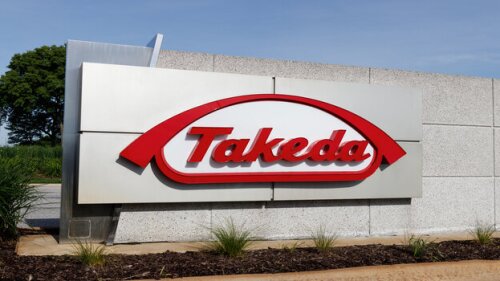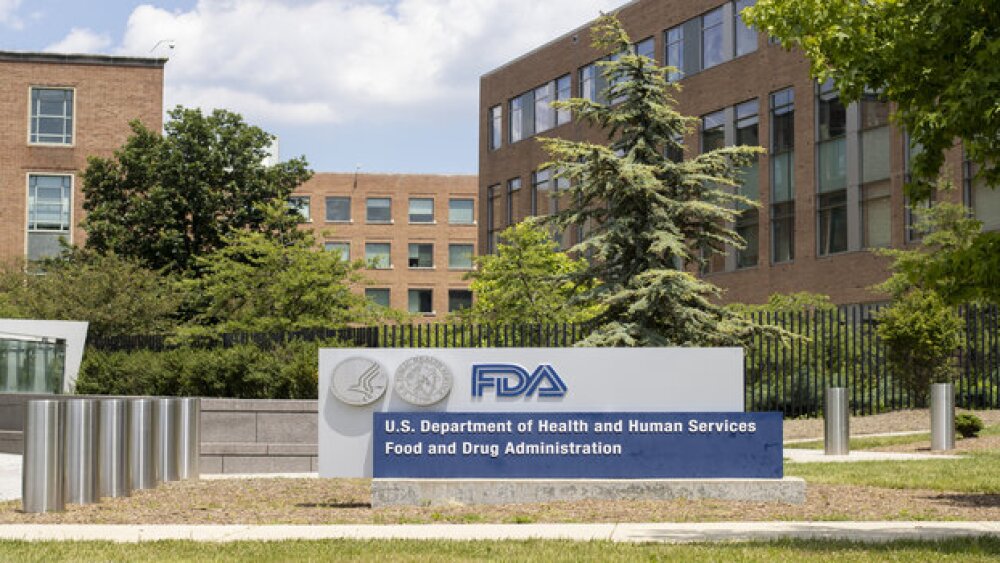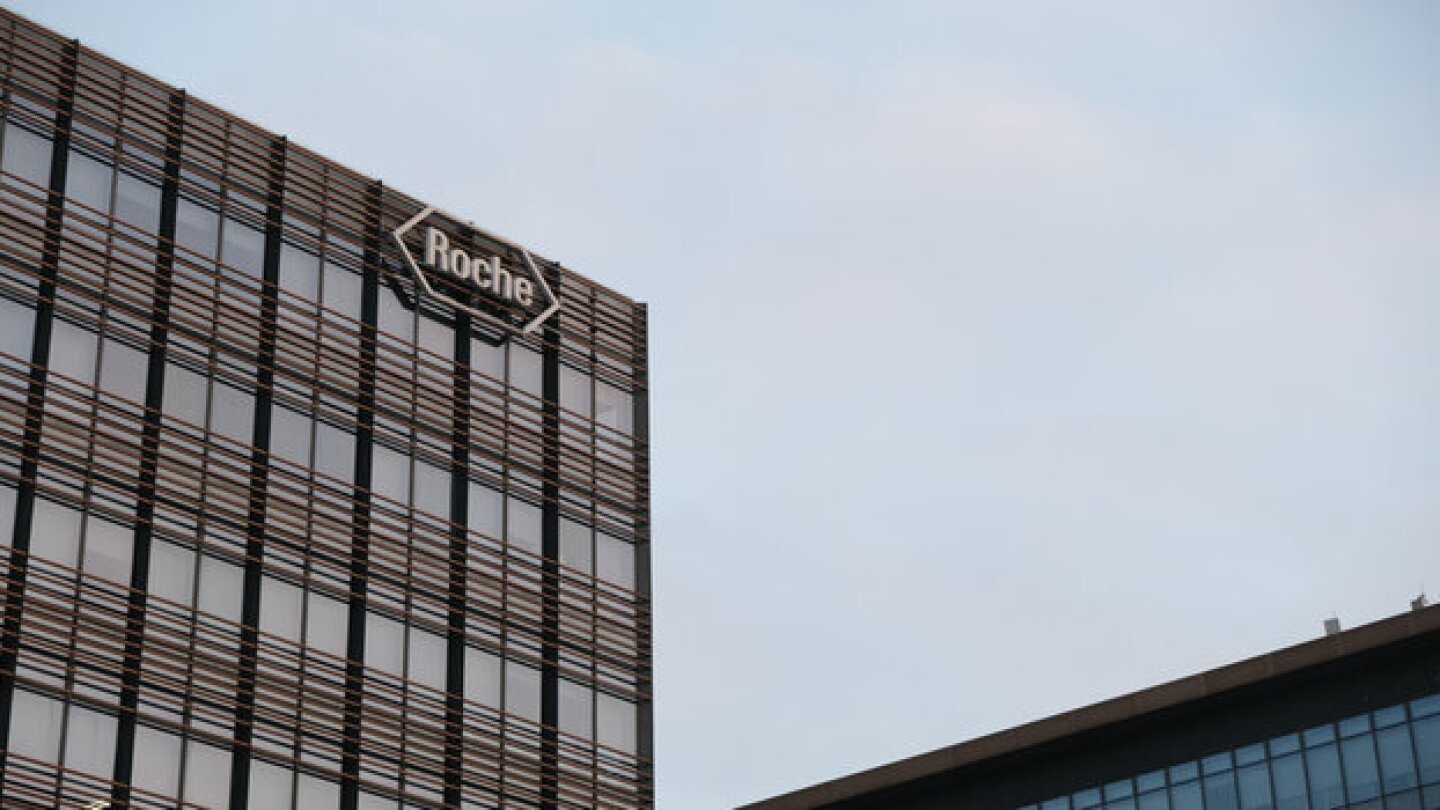News
The drug came to AstraZeneca through its acquisition of CinCor Pharma in 2023, with the hopes of beefing up its cardiovascular and kidney disease pipelines.
FEATURED STORIES
Among the FDA’s pending decisions for this quarter are Vertex’s non-opioid pain drug and Sanofi’s RNA interference therapy for hemophilia A and B.
Expanding volumes of data point to mechanisms beyond weight loss and blood sugar control that contribute to cardiovascular benefits in the world’s fastest-growing drug class.
Effectively treating and preventing this common form of dementia will require a cocktail of drugs and a combination of approaches, as well as a drive toward early detection.
Job Trends
U.S. Food and Drug Administration Accepts for Priority Review Bristol Myers Squibb’s Application for Opdivo (nivolumab) in Combination with Cisplatin-Based Chemotherapy for the First-Line Treatment of Adult Patients with Unresectable or Metastatic.
FROM OUR EDITORS
Read our takes on the biggest stories happening in the industry.
Unpredictable communication and a lack of transparency are eroding the industry’s and the public’s trust. The FDA, experts agree, needs to take control of the narrative.
THE LATEST
The third cycle of the drug price negotiations will involve drugs under Medicare Part B. New prices are set to take effect in 2028.
The Most Favored Nation directive would allow drugmakers to directly sell their products to patients at a lower cost, cutting out what President Donald Trump called “the middlemen.”
Azafaros will use the Series B haul to push lead asset nizubaglustat into late-stage studies for Niemann-Pick disease Type C and GM1/GM2 gangliosidoses later this year.
While industry groups decried the Trump administration’s new drug pricing order, analysts say it lacked details and the teeth to make a major impact without an act of Congress.
Lexeo wants to more quickly move investigational gene therapy LX2006 into a registrational study and hopes for a potential efficacy readout in 2027.
The package revives President Donald Trump’s much-maligned Most Favored Nation rule but goes further into the private markets and beyond, leveraging the patent system, drug importation and more.
In addition to eliciting greater weight loss than Novo Nordisk’s Wegovy, Eli Lilly’s Zepbound does not come at the expense of safety, according to newly released comprehensive tolerability data—findings that Leerink analysts say confirm the GLP-1 drug’s edge in the closely watched market race.
Last month, Roche committed $50 billion in U.S. manufacturing funds, with which it will construct at least four new facilities.
The Plavix lawsuit dates back to 2014, when Hawaii first sued BMS and Sanofi, alleging that they failed to properly inform patients in the state that the drug is likely to be less effective for them.
The FDA and CDC have also recommended pausing the use of Ixchiq in seniors 60 years and older while safety investigations are ongoing.

















